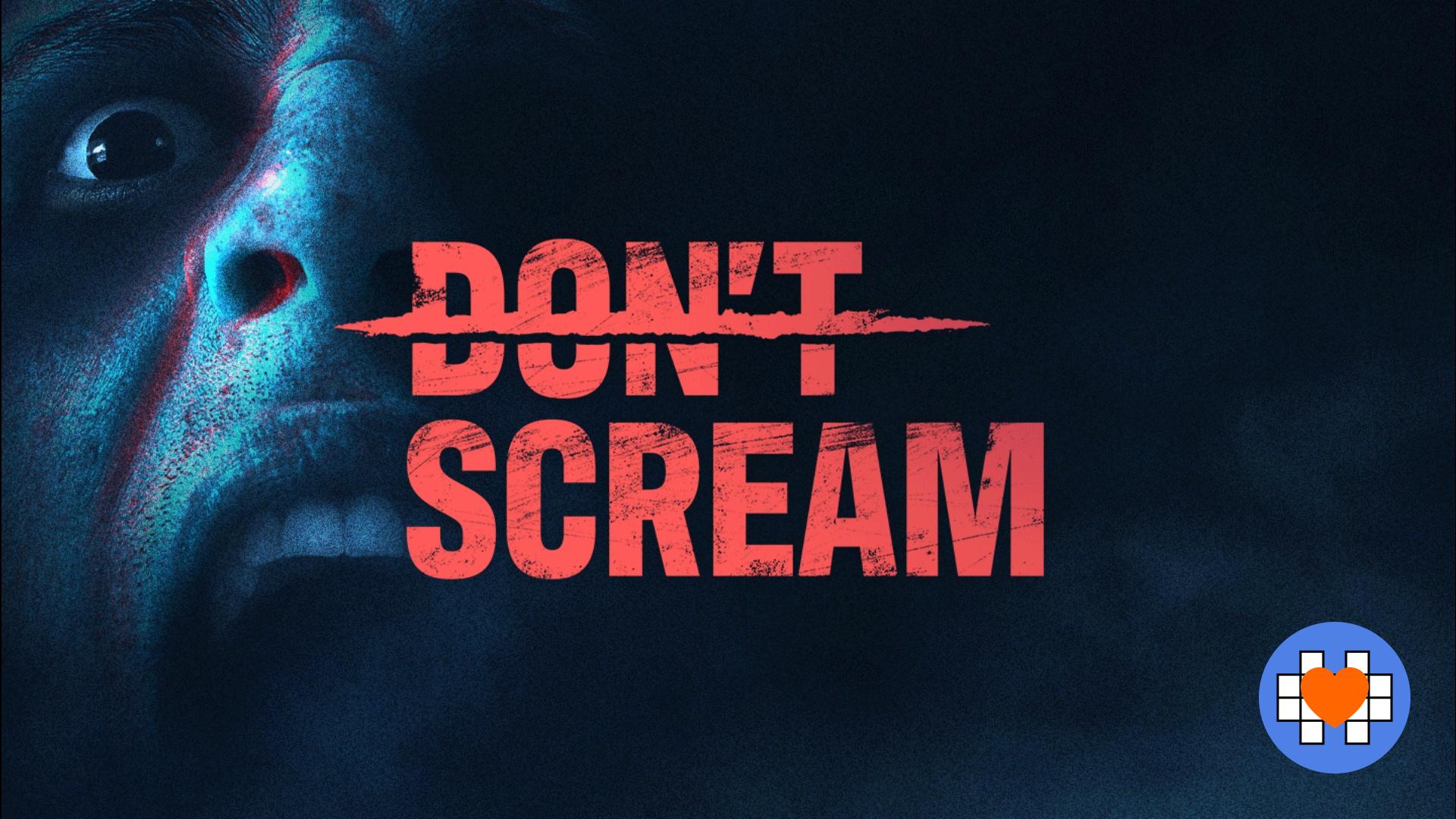
Don’t Scream, the indie horror masterpiece currently in early access
Don’t Scream stands as a unique gaming experience, masterfully crafted by two independent developers, Joure & Joe. The game aims to challenge players to survive in a haunting forest for 18 minutes without letting out any screams, with the microphone as a crucial element of the gameplay.
Gameplay and Game Design: A Simple Premise, an Intense Challenge
The gameplay of Don’t Scream follows a minimalist approach, characteristic of horror games of this kind. Players navigate the map by walking and running, with the ability to interact with objects through the left mouse click. However, the simplicity conceals an intricate challenge: exploring the map for 18 minutes without triggering the microphone. The game instantly ends if the player lets out a scream, making the challenge even more intense.

The heart of the gameplay lies in the need to carefully calibrate the microphone so that even the slightest sounds can be detected. Every step, every breath, is an integral part of your survival. The game, therefore, becomes a struggle between the desire to explore the dark forest and the need to carefully control one’s voice. This dynamic interaction between the player, the environment, and microphone technology offers a unique and engaging gaming experience.
Graphic and Sound Design: Immersion into ’90s Found Footage Terror
From an aesthetic perspective, Don’t Scream stands out for its impeccable execution of graphic and sound design. The game adopts a visual style that recalls ’90s camcorder recordings, creating the authentic atmosphere of found footage. This approach gives the game an aura of realism, contributing to the growing unease as one ventures into the dark and menacing forest.

Pixelated feedback is skillfully used to create a sense of discomfort, especially when scares intentionally cause glitches on the screen. The graphics, realistic enough, convey the look of a camera, making the experience of wandering through the forest at night even more unsettling.
Initial Impressions: The Authentic Terror of Don’t Scream
The initial impressions of Don’t Scream are extremely positive. The game stands out not only for its unique premise but also for the developers’ skill in translating this idea into an engaging experience. The authenticity of the challenge, the escalating tension, and the palpable fear are the distinctive features that make this title unique in its genre.

In conclusion, Don’t Scream offers an engaging initial journey into terror, but concerns arise regarding its longevity. After the initial 18-minute challenge, the lack of variety in gameplay dynamics could diminish players’ interest. The ‘found footage’ aesthetic, while initially engaging, might become tiresome in the long term, with pixelated sequences and glitches that could visually fatigue. The risk of a decline in emotional impact is real, undermining the element of surprise after overcoming the initial challenge. In summary, while the game offers a unique horror experience, legitimate concerns arise about its ability to sustain terror in the long run, making the long-term allure of Don’t Scream uncertain.
“Don’t Scream is presented as a unique gaming experience, masterfully crafted by two independent developers, Joure & Joe. The game aims to challenge players to survive in a disturbing forest for 18 minutes without emitting any screams, with the microphone as a crucial element of the gameplay.”
- Originality of the Premise: The unique premise of “Don’t Scream” offers an innovative gaming experience in the horror genre, challenging players to survive in a disturbing forest without screaming for 18 minutes, with the microphone as a crucial element.
- Engaging Graphic and Sound Design: The impeccable execution of graphic and sound design, with an authentic ’90s found footage atmosphere, contributes to creating an engaging experience. Pixelated feedback and screen glitches add a touch of discomfort, amplifying the unease during the exploration of the forest.
- Authenticity of the Gaming Experience: Positive first impressions stem from “Don’t Scream’s” ability to deliver authentic terror. The escalating tension, the dynamic challenge between the player and the microphone, and the palpable fear make the game unique in its genre.
- Concerns about Longevity: Doubts arise about the game’s longevity after the initial 18-minute challenge. The lack of variety in gameplay dynamics could compromise long-term player interest, questioning the title’s ability to maintain high tension.
- Possible Visual Annoyance: The found footage-style aesthetics, while initially engaging, could become bothersome over time. Pixelated sequences and glitches might become predictable and visually tiresome, undermining the immersion in terror.
- Risk of Declining Emotional Impact: After the initial challenge, there is a risk that “Don’t Scream” loses some of its emotional impact. The predictability of gameplay dynamics could compromise the element of surprise, questioning the game’s ability to maintain constant fear in subsequent plays.